6 common heating problems you can repair yourself – and how to get the job done
Save money and time this winter with these DIY solutions from HVAC experts
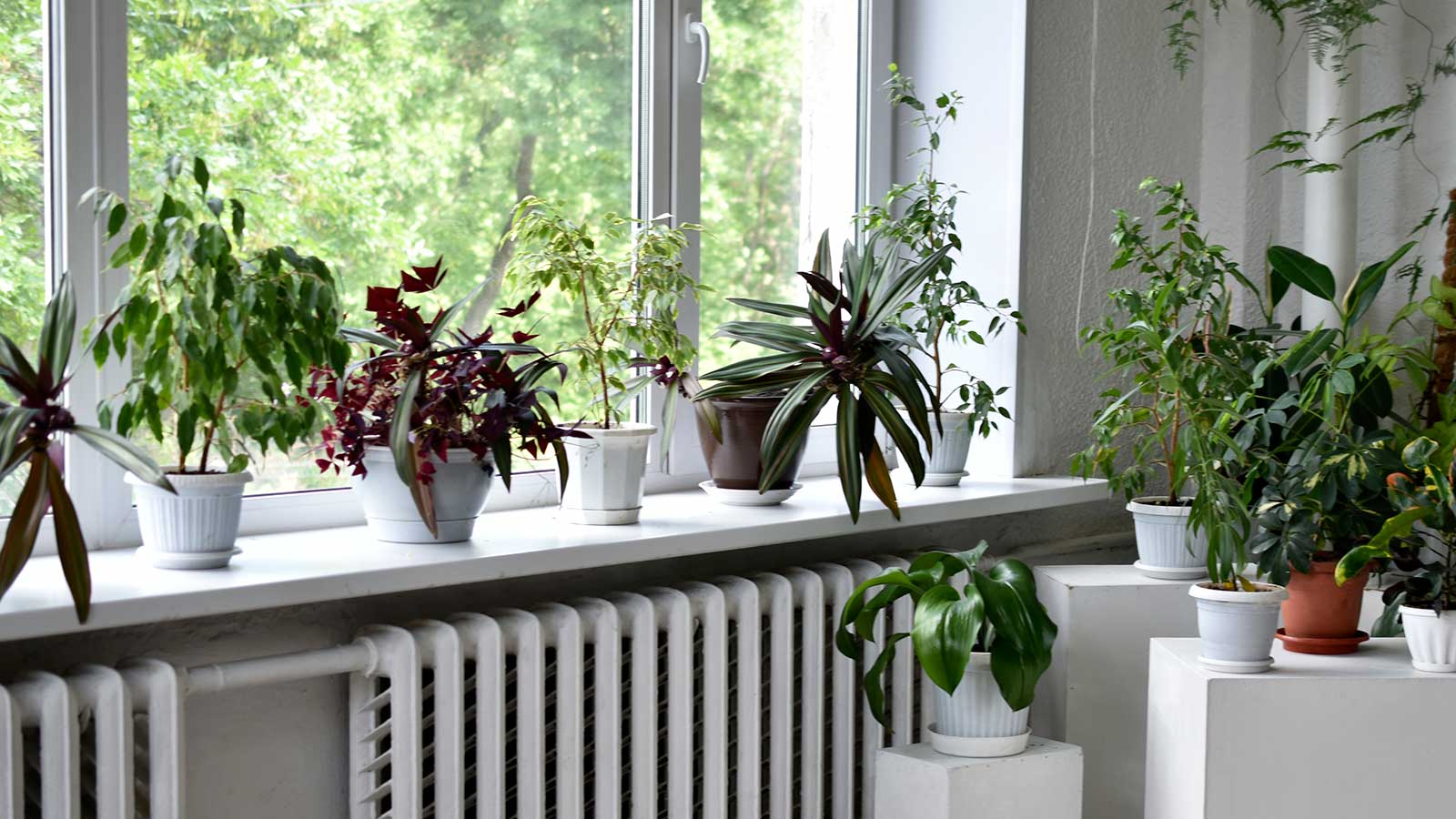

During the dark depths of winter we rely on our heating systems to keep us and our homes warm and comfortable, which means that when they break or don't work effectively, it's more important than ever to get them repaired swiftly.
This can, however, prove costly and time-consuming, particularly if problems arise on weekends, when most professional HVAC experts aren't working, or do so at an increased rate.
While sometimes it is necessary to call a professional, there are common heating problems that you can successfully repair yourself. I spoke to HVAC experts to find out which to DIY to avoid heating mistakes that are making your house colder.
1. Dirty or old air filters

Clogged air filters will negatively affect airflow through your HVAC system and home, but they're easy to repair and replace yourself.
'Dirty filters restrict airflow, forcing your system to work harder and reducing its efficiency, so it's important to follow regular maintenance and ensure your air filters stay fresh and clean,' says Max Veggeberg, CEO and Founder of Tetra, an AI-enabled home services company helping customers adopt energy-efficient heating and cooling solutions.
'You should replace disposable filters or clean reusable ones at least every one to three months, especially before heavy heating season use,' Max adds.
If your specific system's filter is disposable, it's easiest to simply replace it. 'If you have a reusable filter, clean and scrub it with cool water to get rid of hair, dust and debris before replacing it,' adds Veggeberg.
2. Radiators that won't warm up
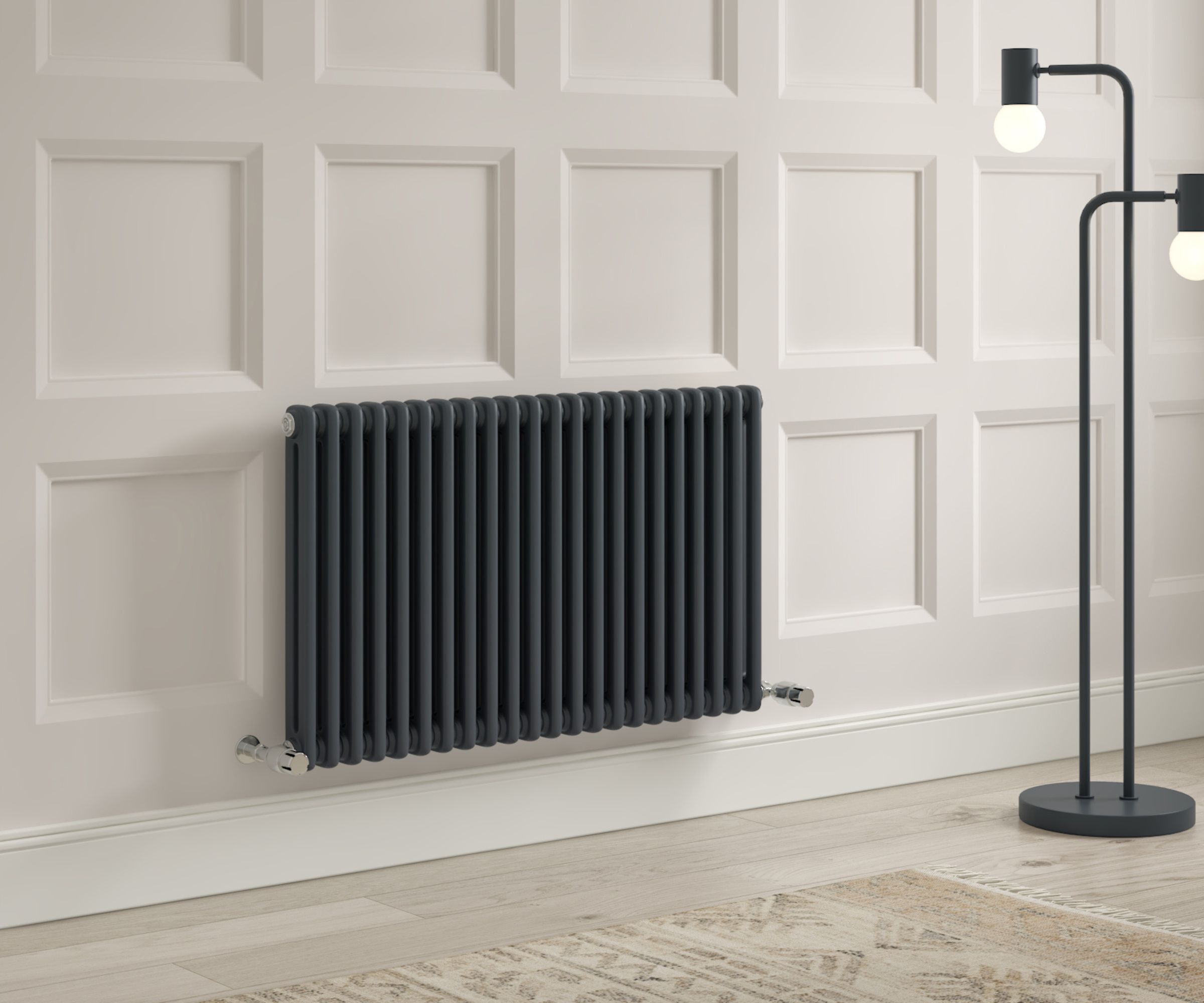
'As the heating season starts, some homeowners call a technician because their radiators are not warming up,' says WG Hickman, owner of Tri-County Air Service. 'In fact, radiators that are not heating simply have trapped air inside and need to be bled, which you can do yourself.'
Bleeding radiators doesn't require professional tools or skills, and it doesn't pose a threat to your health or home, either. However, Hickman does recommend wearing protective gloves. 'The water in radiators isn't just pure water – it contains corrosion inhibitors, antifreeze, and other additives used to protect the heating system from rust and freezing,' he explains.
To bleed your radiator, prepare a bucket, place it under the radiator valve, and open the valve with a radiator key, such as the TOYMIS 6Pcs Radiator Valve Keys available at Amazon. Once the valve is open you will hear hissing, which is the air escaping from your radiator. Keep the valve open until water starts flowing into the bucket, before closing the valve.
'After you bleed your radiators, they should start heating up,' says Hickman. 'Remember, you should do this with all radiators in your home.' You can also fix a radiator leak yourself.
3. A pilot light which won't stay lit
A pilot light is a small gas flame which serves as an ignition point for water heaters. 'This can often be fixed with a little cleaning or adjustment, so no need to call in help right away,' says Scott Beetham at Beetham Electric.
To do so, turn off your gas, wait a few minutes, and clean the pilot light opening. 'You can use a toothpick to clear any debris,' recommends Beetham, such as the Bamboo Wooden Toothpicks available at Amazon.
'Once clean, relight the pilot according to your furnace’s instructions.' We recommend using a long lighter, such as the #1 bestselling BIC Multi-Purpose Lighters available at Amazon, to keep your hands safely away from the flame.
A pilot light which repeatedly goes out may be an indication of a bigger problem, so always contact a professional if the problem continues to arise.
4. Clogged drain condensate lines
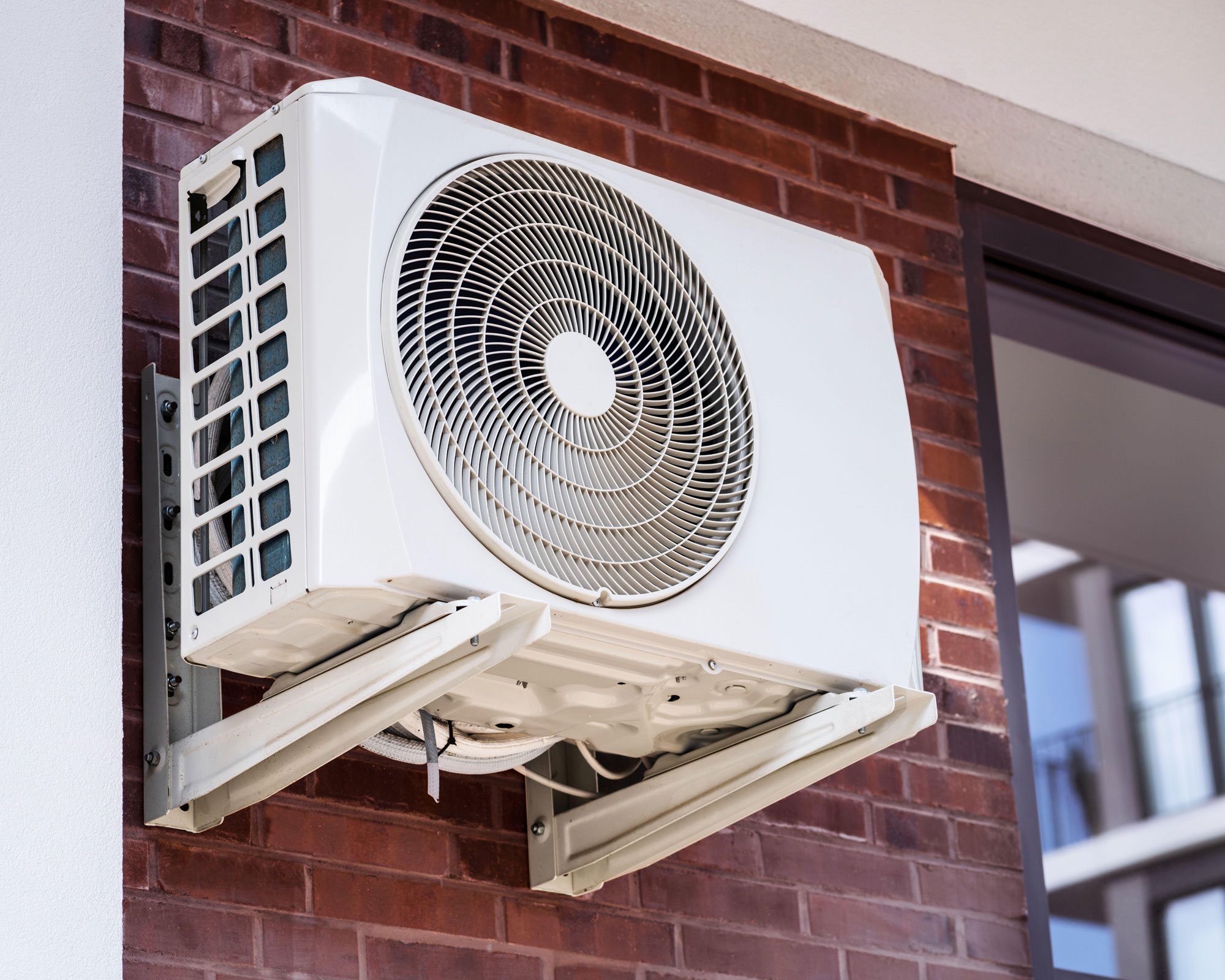
Clogged condensate drain lines can cause a HVAC system to shut down, so it's important to unclog them as soon as you notice an issue.
'Another repair you can do yourself is to declog or drain your condensate line,' says Veggeberg. 'A clogged condensate drain can cause water damage and increase indoor humidity, which can make your heating system less efficient.'
Therefore, once a year, clean the condensate pan, trap, and drain lines to prevent clogs and water damage. 'If you live in a humid climate, you may need to do this more often,' adds Veggeberg.
To do so, begin by turning off the air conditioner. 'If yours does not automatically shut off when the line is clogged, turn it off manually to prevent flooding the drain pan,' says Veggeberg.
Then, locate the drain line, which is usually a PVC pipe that runs outside of your home near the condenser unit. 'Attach a wet/dry vacuum to the drain line and run it for a few minutes to clear the clog,' before cleaning the line with either vinegar (such as the Great Value Distilled White Vinegar available at Walmart) or hydrogen peroxide.
Pour a cup of either down the drain line and let it sit for 30 minutes, which will help break down any remnants of the clog, and kill any growth that might be causing it. Finally, rinse the line, using a drain snake (such as the #1 bestselling FlexiSnake Drain Weasel Sink Snake available at Amazon), plumber's snake, or garden hose.
5. A furnace which won't turn on

'A furnace that is not turning on is another common heating problem homeowners face,' says Beetham. 'While there are many reasons why your furnace might not turn on, most often, it can be simply addressed by turning off the power, switching the gas valve to "pilot," relighting the pilot light while holding the reset button, or pressing the reset button on modern electronic ignition systems, and then turning the furnace back on.'
This method doesn't require any tools, and homeowners are usually able to do so successfully. The problem may also lie with your thermostat.
'If your thermostat isn’t activating the furnace, try new batteries,' advises Al Fouz, from Abaco Air Experts. 'Digital thermostats need power to operate, so dead batteries mean no heat.'
To do so, turn off your furnace, remove the old batteries from your thermostat, install the new ones, replace the cover and turn the furnace back on. 'Fresh batteries can get the heat running in minutes,' says Fouz.
Your thermostat may also be affected if it needs cleaning, which is a common thermostat mistake. 'If the thermostat is dirty, a quick clean with a soft brush can solve the problem,' recommends Beetham. 'For non-programmable thermostats, make sure they're properly calibrated. You might also try a reset by turning it off and on again,' which often solves common thermostat problems.
6. Air ducts that need sealing
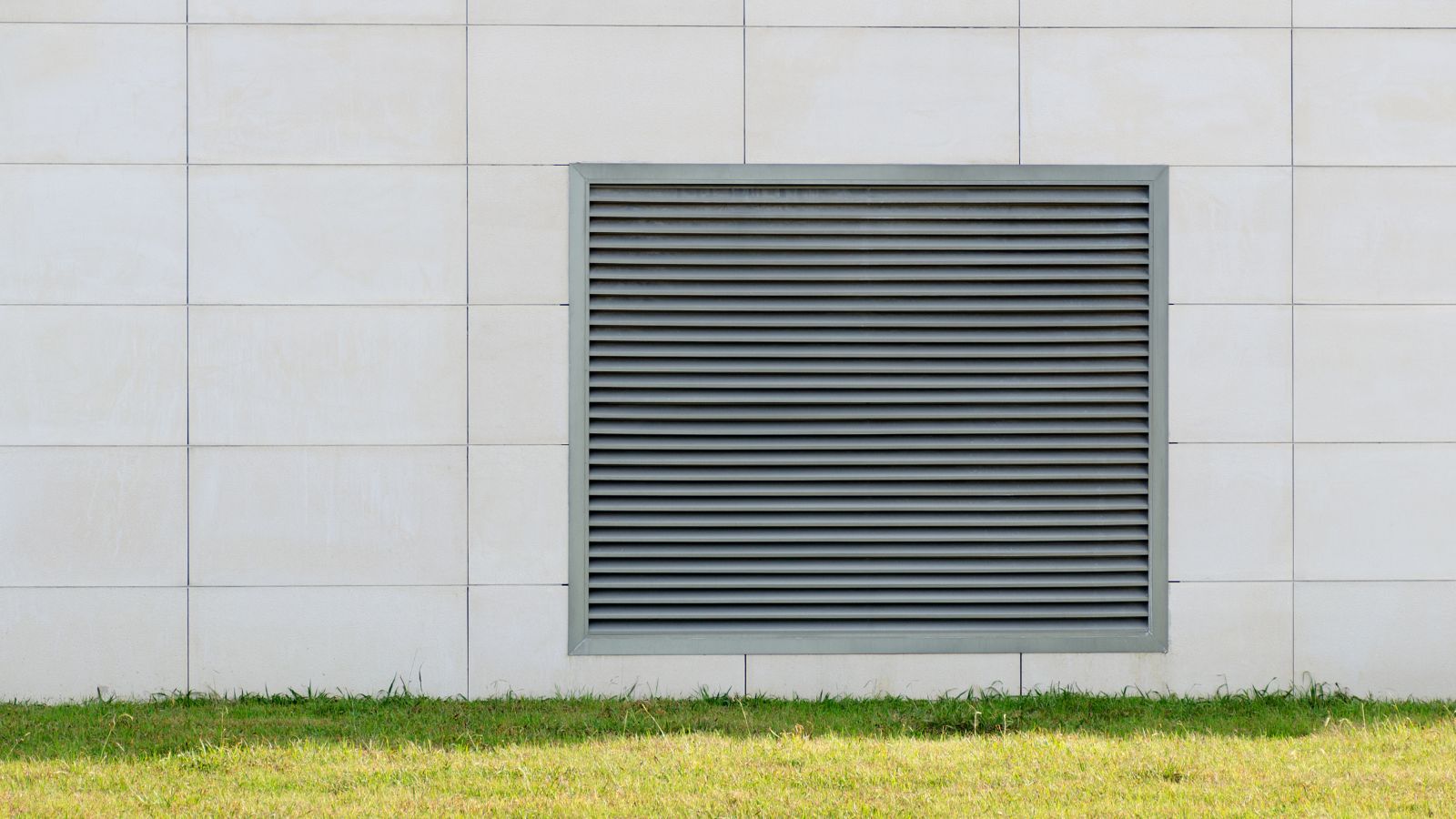
Leaky air ducts will cause heat loss, and cause your heating system to work harder, resulting in more costly energy bills, which could explain why your heating is so expensive.
'But, sealing them is a cost-effective and easy job that doesn’t require technical expertise,' says Pavel Buyeu, home improvement expert and co-owner of the LocalProBook project.
To do so, inspect your air ducts for any obvious gaps or loose joints, and clean the area around leaks with a damp cloth, such as the HOMEXCEL Microfiber Cleaning Cloths available at Amazon.
Then, apply foil duct tape, or mastic sealant to the gaps, making sure to cover the entire leak to avoid heat loss from your home. Buyeu recommends using the 322 Multi-Purpose Plain Foil Tape available at Walmart, which offers secure protection from moisture, and can be used both indoors and outdoors.
FAQs
Can I fix my boiler myself?
If you notice any common signs your boiler needs replacing or fixing, you might be keen to get the job done yourself.
However, repairing a boiler can be dangerous, and errors can be very costly, meaning it isn't worth the risk. Instead, hire a plumber or HVAC pro who will be able to locate the source of an issue and repair and replace any parts with ease.
If your house is cold even with fully-functioning heating, our dedicated-guide has expert-approved tips for beating the chill this winter.
Sign up to the Homes & Gardens newsletter
Design expertise in your inbox – from inspiring decorating ideas and beautiful celebrity homes to practical gardening advice and shopping round-ups.

Ottilie joined Homes & Gardens last year, after finishing a Master's in Magazine Journalism at City, University of London. With previous contributions in Livingetc and Motorsport Magazine, she produces content for the Solved section on the website, focusing on clever tips and tricks to keep your home beautiful, organized and clean. She also has an undergraduate degree in English Literature and History of Art from the University of Edinburgh, where she developed a love for inspiring interiors and architecture.
-
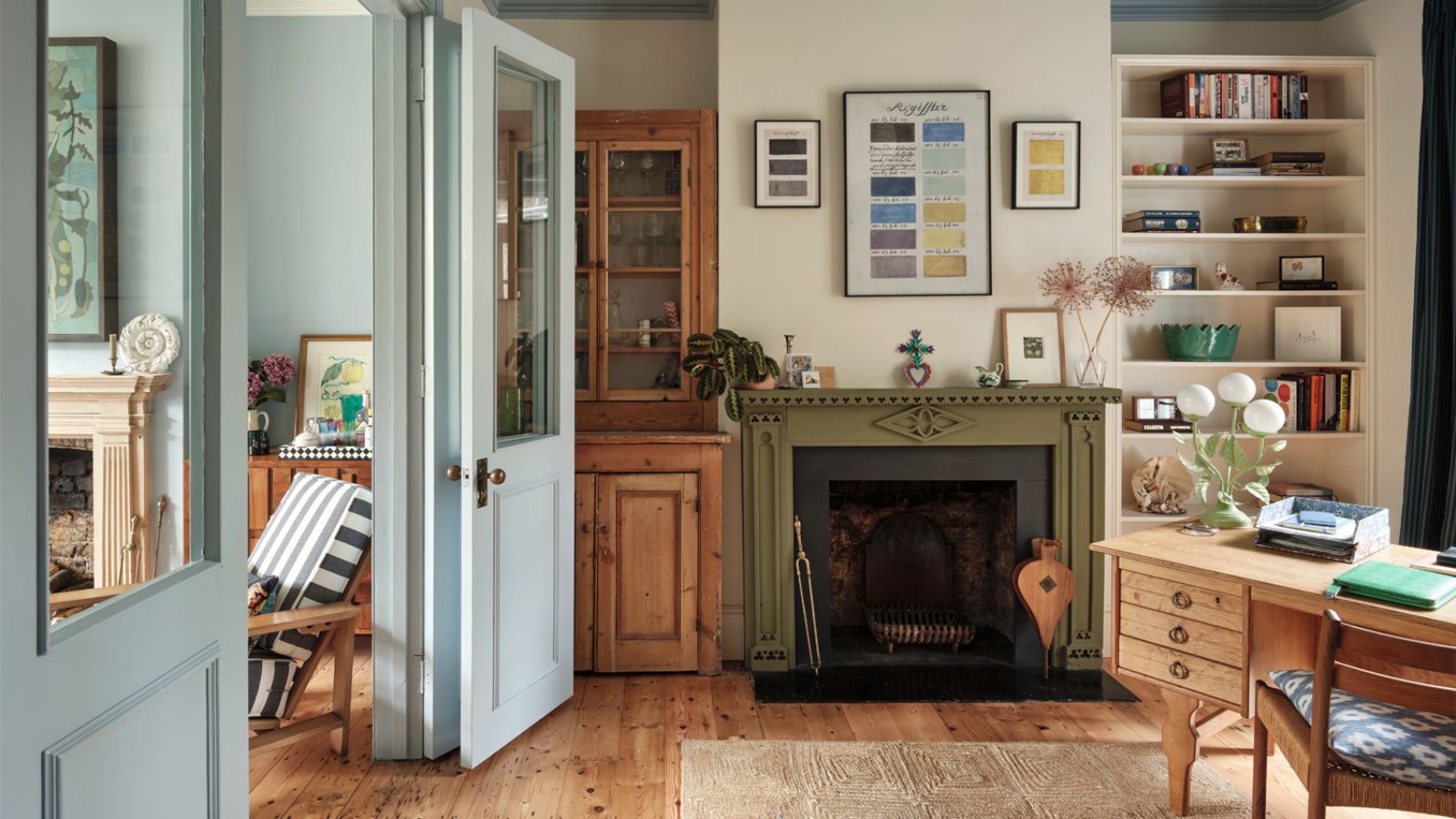 5 surprising but brilliant ways to clean with old socks – from perfectly buffing stainless steel to deterring pests naturally and more
5 surprising but brilliant ways to clean with old socks – from perfectly buffing stainless steel to deterring pests naturally and moreTackle dust in tricky corners, clean your mirrors and even banish bad odors with those rogue single socks
By Andy van Terheyden Published
-
 How to grow astilbe – expert advice on cultivating this shade-tolerant flowering perennial
How to grow astilbe – expert advice on cultivating this shade-tolerant flowering perennialShade-tolerant and pest-resistant - astilbe are hardy and tough perennials that can thrive in many settings
By Ellen Wells Published
-
 Why does my house feel damp? Experts reveal the 7 common reasons, risks and fixes to apply right now
Why does my house feel damp? Experts reveal the 7 common reasons, risks and fixes to apply right nowIf your house smells musty, there might be underlying damp to sort out
By Sophie Warren-Smith Published
-
 Do you have condensation on the outside of your windows? This simple rule of thumb determines if it's normal, or a sinister warning sign
Do you have condensation on the outside of your windows? This simple rule of thumb determines if it's normal, or a sinister warning signHVAC pros share expert insight
By Ciéra Cree Published
-
 6 ways to prevent mold and damp in bedrooms – expert solutions to maintain a safe sleep environment
6 ways to prevent mold and damp in bedrooms – expert solutions to maintain a safe sleep environmentDon't sleep on these six tips, experts urge
By Seraphina Di Mizzurati Published
-
 HVAC pros reveal 2 'Goldilocks' ranges for the ideal room temperature in bitter winter – it differs from day to night, and room to room
HVAC pros reveal 2 'Goldilocks' ranges for the ideal room temperature in bitter winter – it differs from day to night, and room to roomKeeping rooms at the right temperature is vital for comfort and efficiency
By Ciéra Cree Published
-
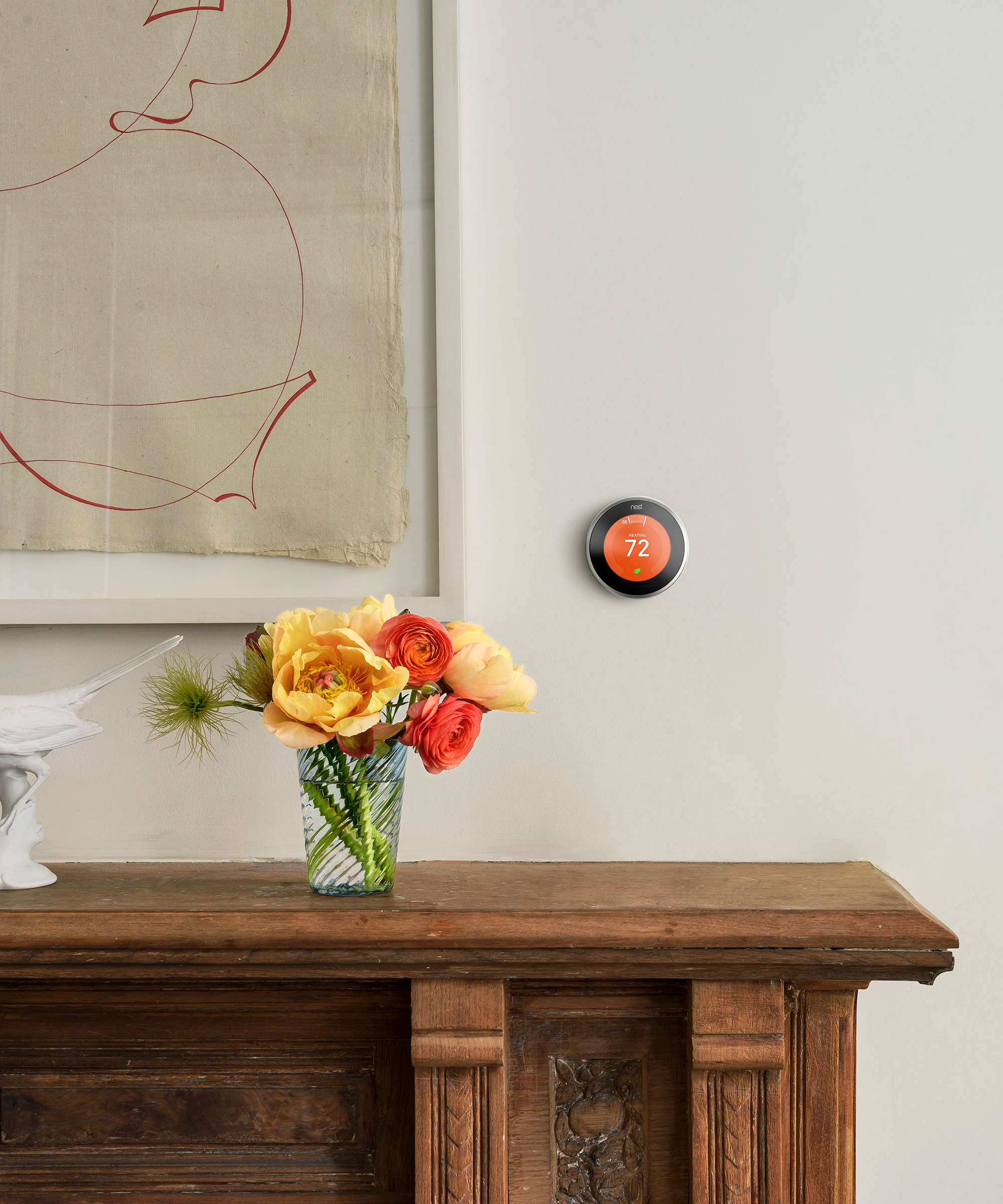 HVAC pros say this is the most efficient heating schedule to keep you warm at home all day – and why automating it is the best move
HVAC pros say this is the most efficient heating schedule to keep you warm at home all day – and why automating it is the best moveThere’s no one-size-fits-all – here’s how to tailor heating to your home
By Chiana Dickson Published
-
 How dust and dirt increases your energy bills – plus 5 ways HVAC pros deal with it to cut costs
How dust and dirt increases your energy bills – plus 5 ways HVAC pros deal with it to cut costsThese cleaning tips could save you hundreds
By Chiana Dickson Published
-
 Is your house heating unevenly? HVAC pros reveal 5 common reasons, plus their top tricks for consistent heating throughout your home
Is your house heating unevenly? HVAC pros reveal 5 common reasons, plus their top tricks for consistent heating throughout your homeEliminate hot and cold spots with these fixes
By Chiana Dickson Published
-
 What is a zoned heating HVAC system? We get the lowdown from the pros
What is a zoned heating HVAC system? We get the lowdown from the prosThis expensive addition could actually save you money
By Sophie Warren-Smith Published